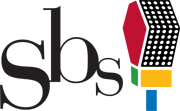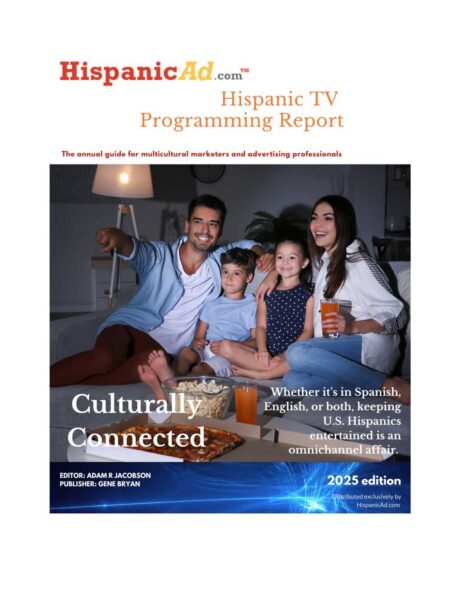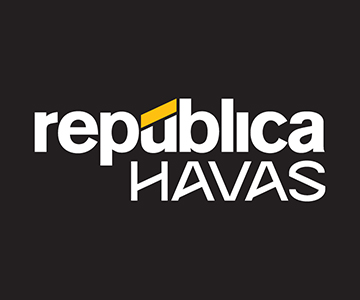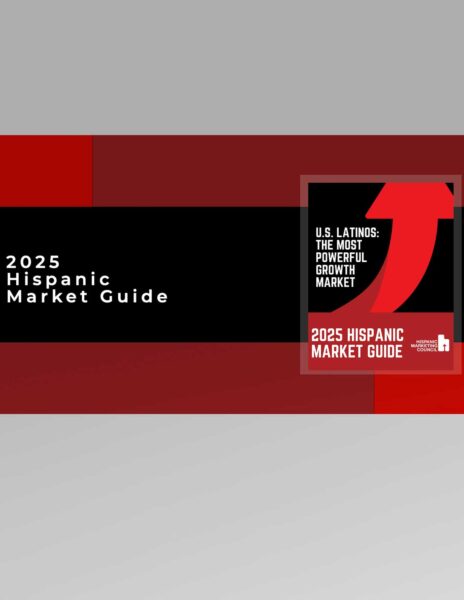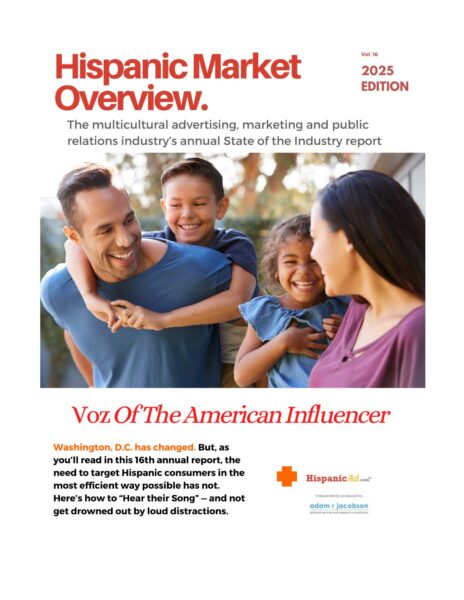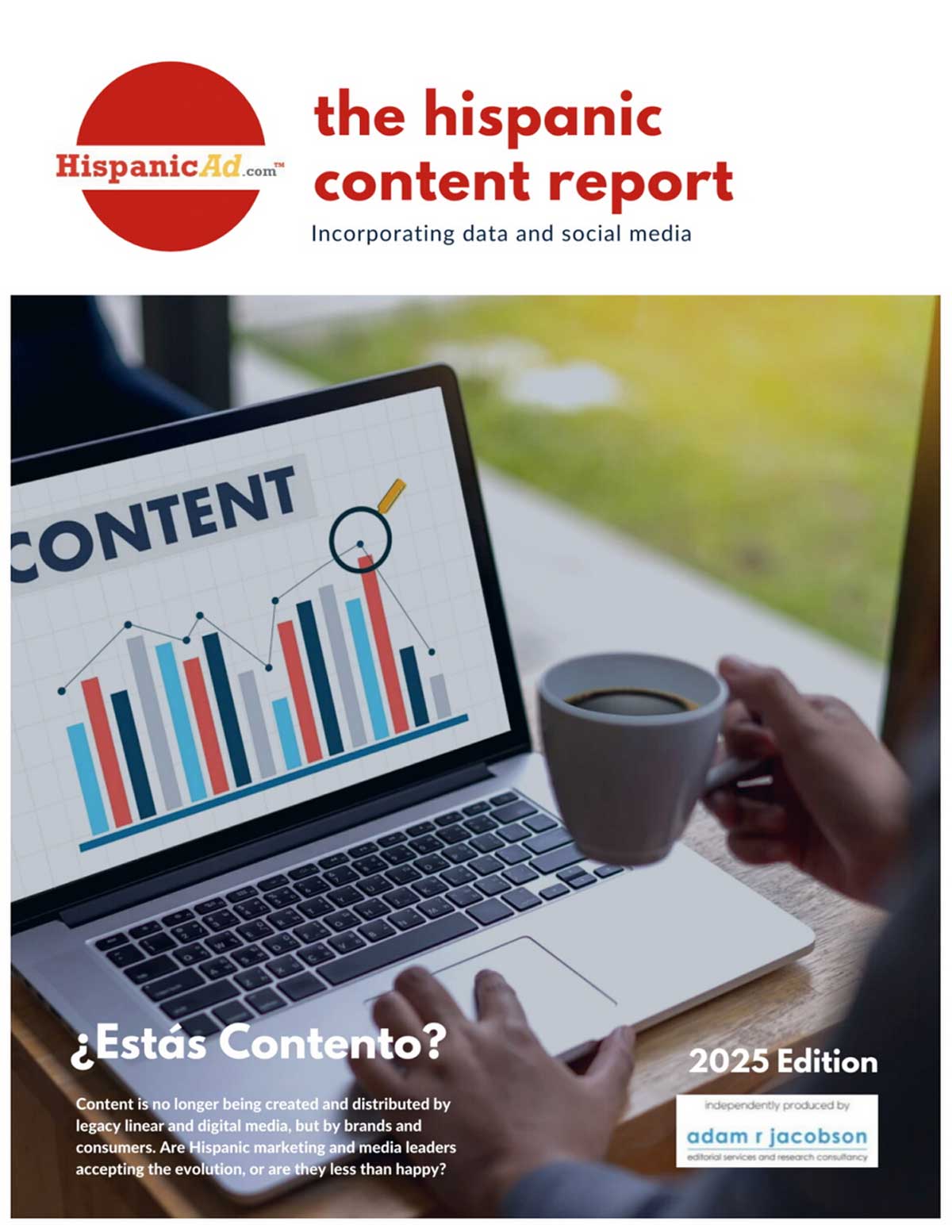An Open Letter to Brands, Marketers, Advertisers
 It’s time to #SEEALL.
It’s time to #SEEALL.
As marketers, our role is simple: deliver growth. Today’s modern family – our customer – is increasingly multicultural by nature and we must make sure our work reflects that. For this reason, our companies should reach out to consumers in relevant and meaningful ways that ultimately have the ability to connect with our customers while lifting corporate growth. Everyone should feel included and valued. It’s time to celebrate diversity. Highlight what makes us different and what brings us together as a society.


 According to Vincent Létang, EVP Global Market Intelligence and author of the report: “The US ad market had a great first half thanks to a strong economic environment as well as media innovation and a dynamic technology vertical. Digital media ad sales matured, as expected, but continued to grow close to +20% yoy, while editorial media performed better than expected thanks a recovery of radio, and OOH in full swing. We forecast an 11th year of growth in 2020 as record political spending will generate an all-time high of $5.5 billion in incremental ad revenue and mitigate the effect of the expected economic slowdown”
According to Vincent Létang, EVP Global Market Intelligence and author of the report: “The US ad market had a great first half thanks to a strong economic environment as well as media innovation and a dynamic technology vertical. Digital media ad sales matured, as expected, but continued to grow close to +20% yoy, while editorial media performed better than expected thanks a recovery of radio, and OOH in full swing. We forecast an 11th year of growth in 2020 as record political spending will generate an all-time high of $5.5 billion in incremental ad revenue and mitigate the effect of the expected economic slowdown” GroupM and eight of the industry’s media, technology and publishing organizations announced the formation of the New Majority Ready™ Coalition. Led by GroupM, and comprised of Disney, Google, iHeartMedia, Meredith Corporation, NBCUniversal, Twitter, Univision and Viacom, the coalition’s aim is to help brands better adapt to the changing U.S. demographics and assist in developing their audience planning and media strategies accordingly.
GroupM and eight of the industry’s media, technology and publishing organizations announced the formation of the New Majority Ready™ Coalition. Led by GroupM, and comprised of Disney, Google, iHeartMedia, Meredith Corporation, NBCUniversal, Twitter, Univision and Viacom, the coalition’s aim is to help brands better adapt to the changing U.S. demographics and assist in developing their audience planning and media strategies accordingly. A new study that proves the incremental value of genuinely reflecting culture in marketing creative was unveiled today by The Association of National Advertisers’ (ANA) Alliance for Inclusive and Multicultural Marketing (AIMM). The Cultural Insights Impact Measure™ (CIIM™) was developed by AIMM in partnership with NBCUniversal and AIMM member companies. CIIM™ evaluates advertising creative in various categories and identifies the impact and effectiveness of cultural insights in ads and programming on increased brand relevance, ad relevance, purchase intent lift, and loyalty.
A new study that proves the incremental value of genuinely reflecting culture in marketing creative was unveiled today by The Association of National Advertisers’ (ANA) Alliance for Inclusive and Multicultural Marketing (AIMM). The Cultural Insights Impact Measure™ (CIIM™) was developed by AIMM in partnership with NBCUniversal and AIMM member companies. CIIM™ evaluates advertising creative in various categories and identifies the impact and effectiveness of cultural insights in ads and programming on increased brand relevance, ad relevance, purchase intent lift, and loyalty. More than two-thirds of advertisers (69 percent) have updated their media agency contracts within the past three years, and one third have made updates in the past year alone in response to concerns about transparency and alleged rebates in the media buying ecosystem, according to a new ANA report.
More than two-thirds of advertisers (69 percent) have updated their media agency contracts within the past three years, and one third have made updates in the past year alone in response to concerns about transparency and alleged rebates in the media buying ecosystem, according to a new ANA report. My colleague Daren Poole pointed me to a study by the Financial Times (FT) and the Institute of Practitioners in Advertising (IPA) designed to understand why the balance of marketing spend has shifted from brand-building to performance campaigns. It suggests that poor knowledge of how brands create value over the short and long-term may be at fault. by Nigel Hollis
My colleague Daren Poole pointed me to a study by the Financial Times (FT) and the Institute of Practitioners in Advertising (IPA) designed to understand why the balance of marketing spend has shifted from brand-building to performance campaigns. It suggests that poor knowledge of how brands create value over the short and long-term may be at fault. by Nigel Hollis In partnership with Univision, CivicScience conducted a study looking at the importance of diversity and inclusion among the U.S. Hispanic adult population, compared to non-Hispanic adults both within the workplace and in advertisements. There are huge learnings brands and advertisers should know.
In partnership with Univision, CivicScience conducted a study looking at the importance of diversity and inclusion among the U.S. Hispanic adult population, compared to non-Hispanic adults both within the workplace and in advertisements. There are huge learnings brands and advertisers should know. “Half my advertising spend is wasted; the trouble is, I don’t know which half.” This quote is regularly attributed to either U.S. retail magnate John Wanamaker or to UK industrialist Lord Leverhulme, depending on which side of the Atlantic you were trained. The quote has become a cliché for the uncertainty about the effectiveness (or ineffectiveness) of advertising.
“Half my advertising spend is wasted; the trouble is, I don’t know which half.” This quote is regularly attributed to either U.S. retail magnate John Wanamaker or to UK industrialist Lord Leverhulme, depending on which side of the Atlantic you were trained. The quote has become a cliché for the uncertainty about the effectiveness (or ineffectiveness) of advertising. The U.S. Multicultural Media Forecast 2019 is a new study conducted by PQ Media on behalf of ANA’s Alliance for Inclusive and Multicultural Marketing (AIMM) that identifies a clear opportunity for more marketers to engage multicultural consumers to drive business growth. The following provides ten interesting insights from the study. By Bill Duggan
The U.S. Multicultural Media Forecast 2019 is a new study conducted by PQ Media on behalf of ANA’s Alliance for Inclusive and Multicultural Marketing (AIMM) that identifies a clear opportunity for more marketers to engage multicultural consumers to drive business growth. The following provides ten interesting insights from the study. By Bill Duggan As the summer movie season winds to a close, and the conversation around immigration continues to simmer, one place where audiences won’t find the Latino community is in popular films, according to a new study.
As the summer movie season winds to a close, and the conversation around immigration continues to simmer, one place where audiences won’t find the Latino community is in popular films, according to a new study. The consumer packaged goods (CPG) industry spends billions of dollars on traditional advertising such as TV, out-of-home (OOH) and print. But digital advertising is changing the way CPG brands market their products.
The consumer packaged goods (CPG) industry spends billions of dollars on traditional advertising such as TV, out-of-home (OOH) and print. But digital advertising is changing the way CPG brands market their products. Currently, more than 64 million Hispanics live in the United States, making this group the second fastest-growing population segment since 2000, with 83% growth.
Currently, more than 64 million Hispanics live in the United States, making this group the second fastest-growing population segment since 2000, with 83% growth. The U.S. Census Bureau released new tables from the 2017 and 2018 Current Population Survey.
The U.S. Census Bureau released new tables from the 2017 and 2018 Current Population Survey. Social media isn’t a stagnant thing – it continuously evolves, as does the way users engage with it. The only way to reach these users efficiently is to stay on top of the latest insights into social platforms and allow them to inform your strategies.
Social media isn’t a stagnant thing – it continuously evolves, as does the way users engage with it. The only way to reach these users efficiently is to stay on top of the latest insights into social platforms and allow them to inform your strategies.

